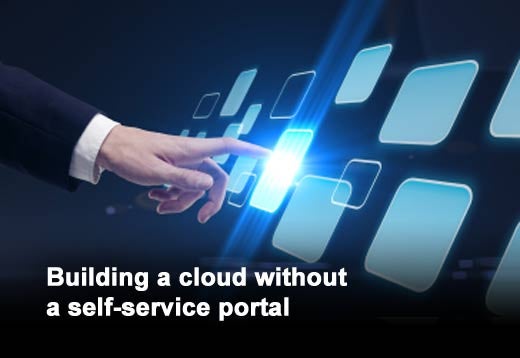A highly optimized infrastructure — no matter how state of the art — is meaningless without the apps. Applications are the heart and soul of winning new cloud business, securing recurring revenue and ensuring customer satisfaction. So, how can private cloud providers ensure delivery of an application cloud rather than an infrastructure cloud? rPath has identified the seven deadly sins of cloud apps and best practices for avoiding them.
Click through for the seven deadly sins of cloud apps, as identified by rPath, an application engine provider for the private cloud.
While a focus on infrastructure may be okay for a development environment, business outcomes are built on applications. Application delivery, not infrastructure, is the new bottleneck. To combat this, ensure compute, storage, network and application resources all get the same weight.
Trouble tickets are a thing of the past — your customer base wants service on-demand. That’s why implementing a self-service portal as a core ingredient in your private cloud strategy is critical. Customers need access to what they need, when they need it.
At cloud scale, the rate of change is great with new images deployed daily. Golden images are massive, and changes are slow and hard to script. Minimize image degradation and provide visibility with version-controlled “blueprints” of your system model that can be changed and deployed in one click.
The manual road in any case is long and fraught with human error, and new services and applications are emerging and evolving every day. This fluid environment makes manual efforts to keep up with process and change in a cloud environment impossible. Push-button, repeatable change management is the only solution.
Manual rollbacks are time-intensive, risky and often compromise reliability. As a result, IT is slow to make changes. Automated rollbacks with multi-tenancy offers you a way to partition your customer base and meet unique requirements of a particular segment — all without compromising consistency, reliability or speed.
Scripting your own automation is a direct road to a dead-end destination — vendor lock-in, and making changes to a “locked” solution requires time, cost and risk. Not to mention, there are multiple vendors at each layer in the cloud stack duking it out, and it’s unclear who’ll come out on top. Agility via an “open” cloud architecture is key.
With resources scattered across a network, reproducing errors is nearly impossible. In a cloud world, your customers want it to work right, right now. This demands a change in approach. Instead of assembling the image, pre-inspect coordination of all of the pieces stored in a trusted central repository. The precise visibility this offers helps you reduce errors, streamline rollouts and updates and stay in compliance.










